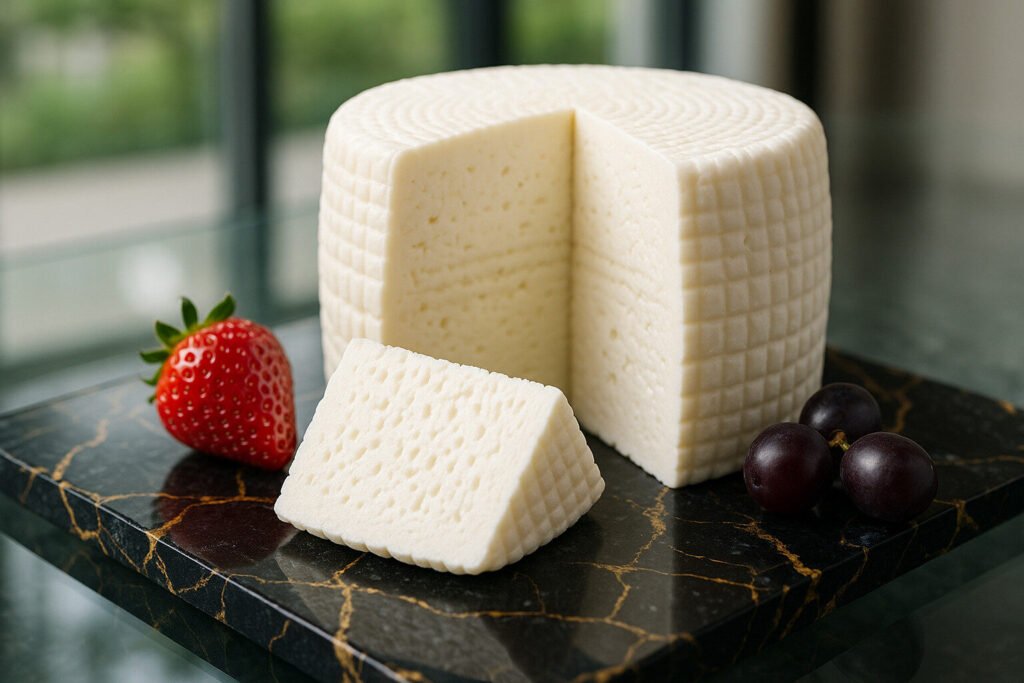Mahlab Spice
Definition and Scope
Mahlab spice originates from the ground kernels of St. Lucie cherry pits. It is not a cheese but a culinary spice occasionally used in cheese-flavored preparations. Its role in cheese taxonomy is limited to flavor enhancement in certain cheese-based recipes.
The spice’s aromatic compounds can complement specific cheese profiles, particularly in Mediterranean and Middle Eastern cuisines. It is sometimes incorporated into cheese pastries or breads served with cheese. Its application remains a niche but distinct element in cheese-related gastronomy.
Production Process
Mahlab production involves harvesting, drying, and crushing the cherry pits. The kernels are extracted, dried thoroughly, and ground into a fine powder. This process preserves the volatile oils responsible for its unique flavor.
Proper storage in airtight containers is crucial to maintain its potency. The spice’s shelf life is relatively short compared to whole spices. Grinding is typically done just before use to maximize aromatic intensity.
Sensory Profile
Mahlab delivers a complex aroma combining bitter almond, cherry, and subtle rose notes. Its flavor profile includes both sweet and slightly bitter undertones. The spice provides a distinctive nutty character with floral hints.
When paired with cheese, it can enhance both fresh and aged varieties. Its aromatic qualities work particularly well with mild, creamy cheeses. The spice’s intensity requires careful measurement to avoid overpowering delicate cheese flavors.
Culinary Applications
Mahlab appears in traditional cheese-filled pastries across Mediterranean regions. It is commonly used in Greek and Turkish cheese breads like koulouri. The spice complements both soft brined cheeses and semi-hard varieties.
Modern applications include seasoning for cheese boards and infused cheeses. Some artisanal producers incorporate it into cheese rinds or compound butters. Its use remains most prevalent in traditional baked goods containing cheese.
Regional Examples
In Greece, mahlab flavors tyropita and other cheese-filled phyllo pastries. Turkish cuisine uses it in peynirli poğaça, a cheese-stuffed bread. These applications demonstrate its traditional pairing with brined cheeses like feta.
Middle Eastern countries incorporate it into ka’ak, a cheese-topped bread ring. Cypriot cuisine features it in halloumi-accompanied baked goods. These regional specialties highlight its cultural significance in cheese-containing dishes.

